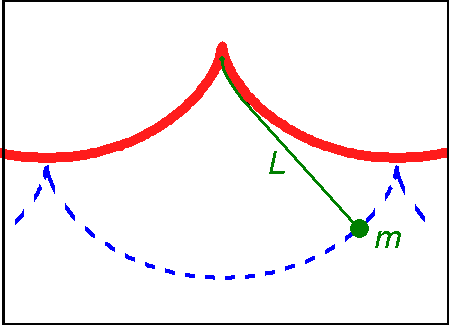
Relationship Between Mathematics and Physics
Mathematics and physics have a profound and mutually beneficial relationship. Mathematics provides the tools and language to express and analyze physical phenomena, while physics poses questions and challenges that stimulate mathematical advancements.
Historical Interplay
Historically, mathematics has played a pivotal role in the development of physics. The creation of calculus was essential for describing the motion of objects and celestial bodies. The axiomatization of geometry enabled the formulation of laws such as Newton's gravity, and the Dirac delta function advanced quantum mechanics.
Differences and Commonalities
Despite their close relationship, mathematics and physics have distinct characteristics. Mathematics deals with abstract concepts and relationships, while physics focuses on the observable physical world. However, both disciplines share a common pursuit of logical rigor and the search for fundamental truths.
Philosophical Implications
The relationship between mathematics and physics raises philosophical questions about the nature of reality and the effectiveness of mathematics in describing the universe. Einstein famously posed the enigma of why mathematics is so appropriate for understanding the physical world. This question continues to challenge researchers in both fields.
Educational Implications
The close connection between mathematics and physics has implications for education. Advocates argue for teaching these subjects in a more integrated manner, emphasizing their complementarity rather than their separation. By recognizing the interplay between the two disciplines, students can deepen their understanding of both and foster a more holistic approach to scientific inquiry.